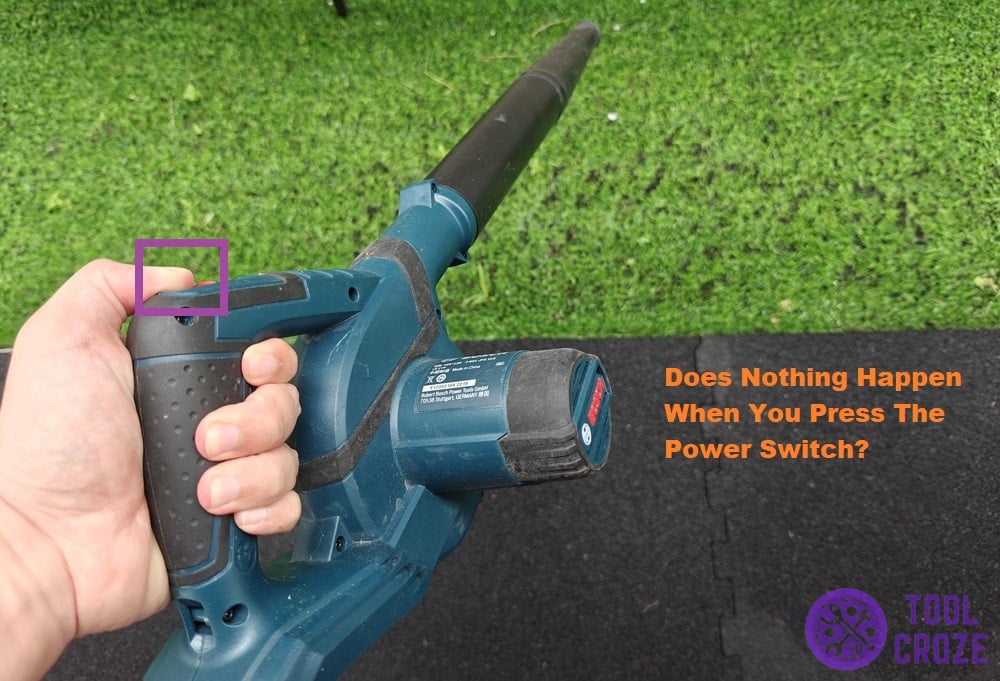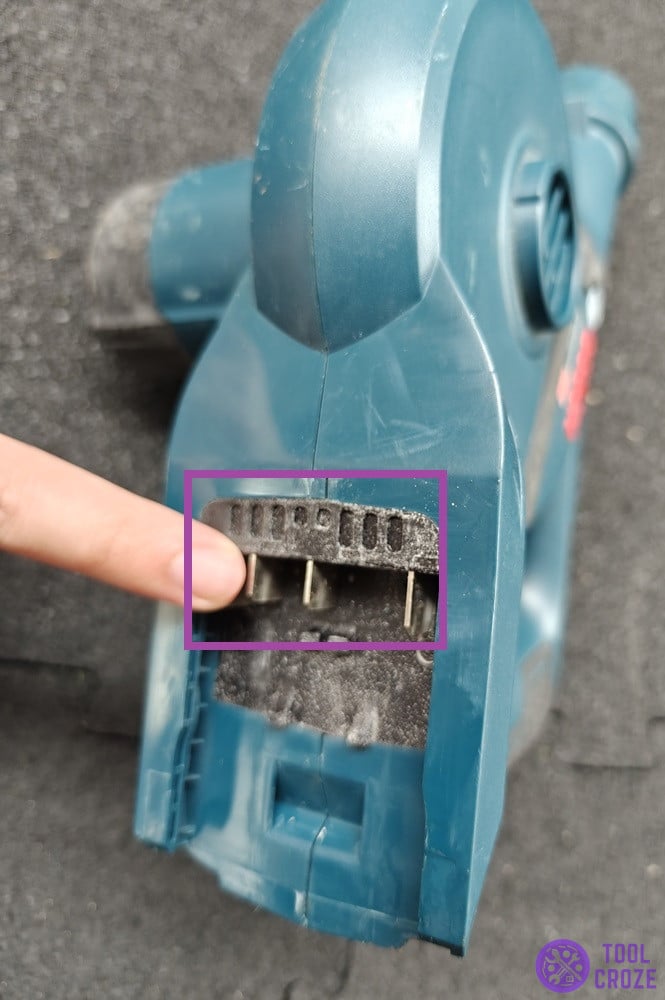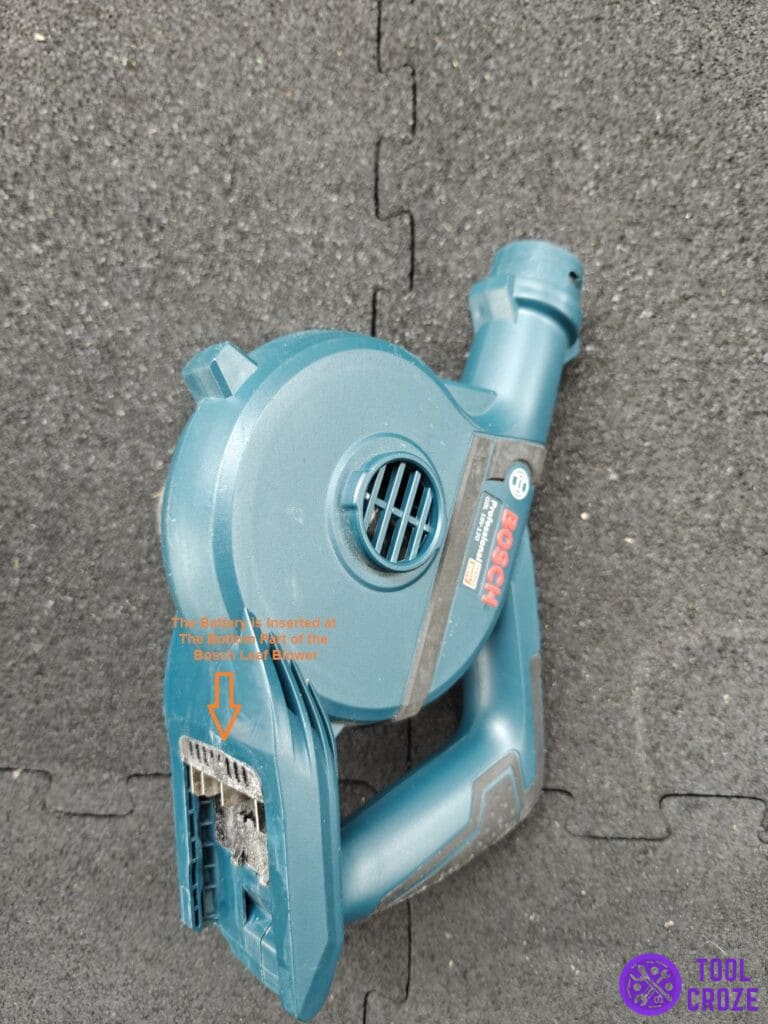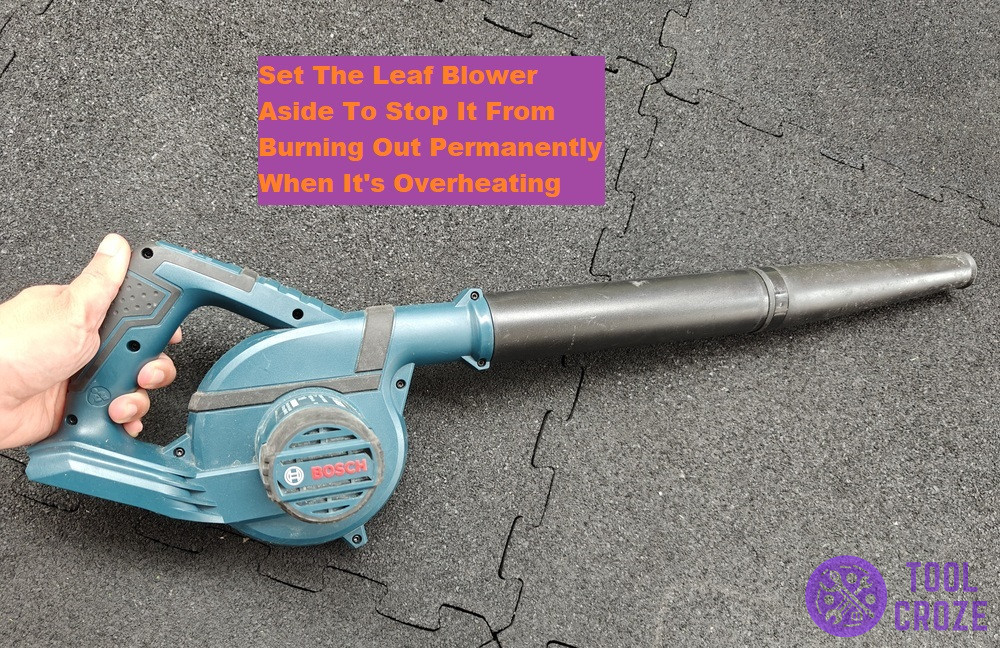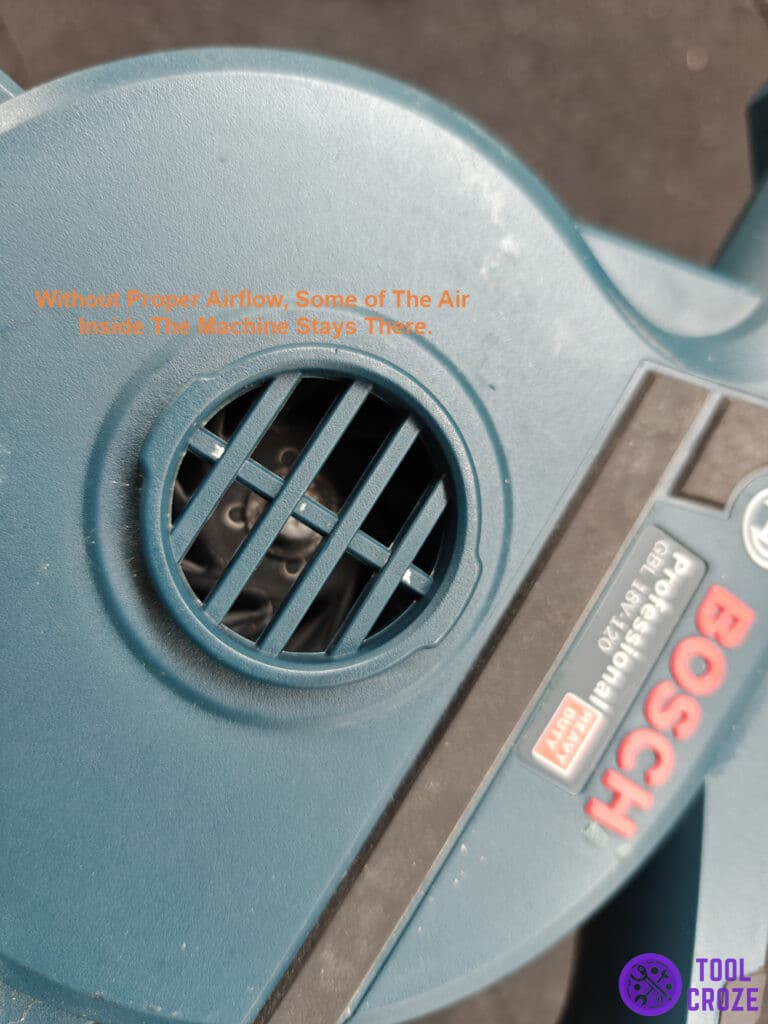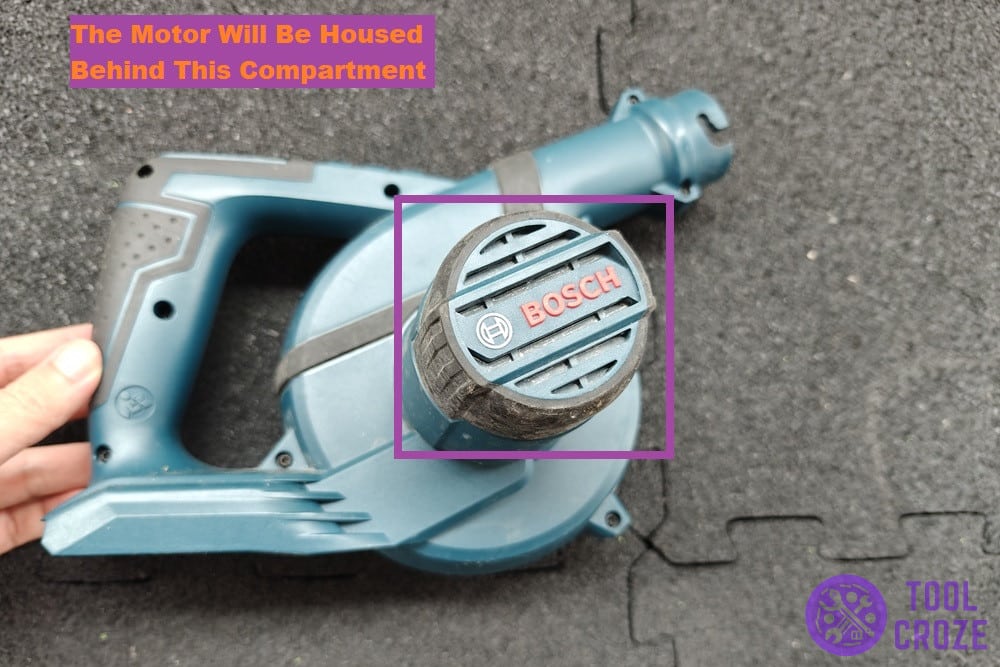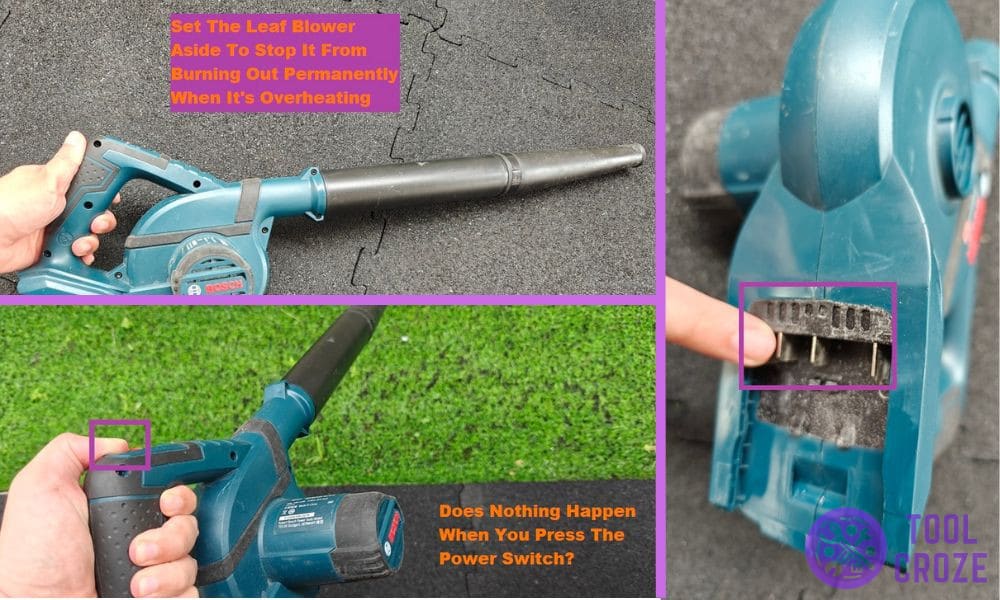
Leaf blowers aren’t the most complicated devices. They’re usually easy to use and hassle-free. That’s been my experience with my Bosch leaf blower too.
But, it’s not always perfect. I’ve encountered Bosch leaf blower problems in the past, and you’re probably facing them too if you’re reading this, so let me tell you some common troubleshooting tips!
Before you read those tips, please watch this short demo video I made about the Bosch leaf blower.
I showed on this video how easy it is to operate the cordless Bosch leaf blower powered by a 18V battery. I showed here how you can use its two level of settings to control the strength of its output.
Troubleshooting 4 Common Bosch Leaf Blower Problems
- Blower Not Turning On
Did you pick up your blower one day and it just wasn’t turning on? No matter what you try, you just can’t get it to power on? Well, the usual reason for this is a problem with the power source.
This means different things depending on the Bosch leaf blower you have. For example, it can mean that there’s something wrong with the battery if you have a wireless Bosch leaf blower.
These use battery packs and don’t have external wiring to prevent some issues present with older models with wires. But, that sometimes brings issues of its own.
One thing I’m sure everyone knows is that the batteries don’t last forever. You have to charge them often, and they only work so long before they die and you have to purchase new ones.
But, if your models have a cord, it could mean that the cord itself has damage. It’s not uncommon because of the type of tools these are
The cord on wired leaf blowers comes into contact with lots of things depending on what environment you’re working in. Some of these things can cut or damage the cord.
Usually, any problem with a cord or a battery means that the tool will need service or replacement parts.
But before you buy a new battery for your Bosch leaf blower you can try to reset it first. Here’s a video about how you can do this.
You will need another working Bosch battery with the same voltage as the faulty ones. Connect the positive and negative terminals of the two batteries.
After a while, press the battery indicator to see if the power flows through the battery in balance. This will successfully reset the battery and fix its not charging issue.
And speaking of charging, I also have another video about the different meanings of the lights that you see on your Bosch battery charger.
I have written a post explaining the meaning of light on the Bosch charger.
You can watch this video below.
A blinking green means it’s charging the battery, a solid green means the battery is already fully charged, a blinking red means it detected a bad battery, and a solid red indicates a hot cold relay.
- Connection Pin Issues
While we’re on the subject of power sources, I want to talk about one more thing related to batteries on Bosch leaf blowers. To attach them, you need to insert the batteries into contact pins.
These contact pins are the tiny metal prongs you can see at the bottom of the tool’s handle, at least in most models. I’ll add a picture of them below, so you know what I’m talking about
These points are where the battery and the Bosch leaf blower connect. That makes it power for power to flow from one thing to another, allowing the tool to do its job.
The only problem is that the pins can get dirty, break, or have other issues that prevent the device from turning on. It’s tedious but easy to prevent if you take good care of your leaf blower.
Don’t let the pins get too dirty and regularly clean them. Use a cloth to get rid of debris that sticks to corners, and make sure they never bend or get out of shape some other way.
- Blower Heating Up
Ironically enough, air ventilation can be a problem with leaf blowers. You’d think that wouldn’t be the case since the entire purpose of these devices is to blow air outward.
But, turns out a lot of them, including Bosch air blowers, can have problems with airflow. This leads to a big issue that a lot of people are already familiar with; overheating.
Overheating is something you have to watch out for a lot when it comes to any motor-powered tool. It’s especially troublesome for people who live/work in hotter environments.
Without proper airflow, some of the air inside the machine stays there. This builds up and starts getting hotter. Eventually, it overloads the motor and causes overheating.
Do as I’ve done in the image above; place the overheating Bosch leaf blower away. Set it aside for a while and completely power it off with the battery removed. Then, let it sit that way.
Eventually, the lack of power and storage in a cooler environment should get the tool back to normal temperatures. To stop this from happening in the future, just take care of two things.
First, make sure that ventilation is always proper. Second, try not to use it for too long at once. Using any tool with a motor for too long at once will cause overheating.
- Motor Problems
Speaking of motors, the last thing I’d like to mention before ending this guide is the motor itself. These are what generate power for Bosch leaf blowers to release air at high power.
But, if the motor doesn’t work, there won’t be any kind of air blowing out. That’s because there’s nothing generating enough power inside the device to make the air you need.
The motor on my Bosch leaf blower is inside the circular area near the handle. But, it will be elsewhere for people with models different than the one I have.
Once you find the motor, search it for damages or burning. You’ll usually be able to tell if a motor isn’t fit for use because it will have a distinct burning smell or look.

